10 Useful Translation Apps

If you need instant translation, and there is no time to ask for professional assistance, the use of dictionaries would be difficult and time-consuming, and last but not least you are looking for a cost-effective solution, translation applications are always great idea to use.
In this blog post, we have listed some mobile apps, most of which can come in handy when travelling abroad or having conversations with foreign people. Many of the apps can be used in offline mode as well which is essential if you don’t want to pay high roaming costs when travelling outside the EU. Translation with Speech
Translation with Speech
This app is practically a talking translator that instantly translates any typed or spoken text into any of 72 target languages, and it can also pronounce the translation for the user. In addition, it can be used as a database as it stores previous translations, thus allowing the user to prepare a set of sentences that they might need later, and play them back without the need for Internet connection or costly roaming services. The application can be downloaded to iPhone, Android and Windows Phone.
The application translates into more than 50 different languages, from text to speech and from speech to text, and the user can also listen the translations. The app is available for Android, iPhone and Windows Phone.
It is a real pocket translator which writes and speaks in 90 languages. iTranslate is not only a translator but a very helpful tool for language learners as it can be used as a dictionary, and we can also look up verb conjugations in different tenses. It translates from live speech to text and also available in offline mode. Other useful features include complete website translations into more than 40 languages, automatic speech recognition, transliteration of non-Latin characters, and different dialects. Furthermore, the user can choose a male or female voice, and even control the speed of speech.
This app allows the user to communicate with others instantly by using their voice. The app works in 2 simple steps: record, and review and translate. As a first step, the application records speech, then converts the user’s voice into text. As the next step, the user can check whether the transcription is correct, and if yes, the app prepares the translation and plays it for the user. It is a great choice for real-time multi-language conversations, especially when travelling. Vocre is currently available in 38 languages for iPhone and Android.
Google Translate is the most popular translation app by far, which currently supports a total of 103 different languages, can be used in offline mode in 52 languages, translates speech into 32 languages and also has a hand-writing recognition and a phrasebook feature. Google Translate is available for iPhone and Android in the form of a mobile app.
Word Lens (Google Translate): it appeared as a separate application back in 2010, and Google has bought the extremely popular Word Lens and integrated it into Google Translate in January 2015. The application uses the camera of your phone to create real-time translations: it translates real-world printed text, including street signs and consumer goods labels . At the same time, the programme is also an instant interpreting application as it translates texts and reads them out loud as well. The app can also be used in offline mode. Currently Word Lens is available in 29 languages.
Supports 79 languages, it translates text and voice. You can save and hear the translations, and the application also has a built-in dictionary. The greatest disadvantage of this app is that it cannot be used in offline mode, therefore it requires an internet connection.
This app is especially recommended for travels but it can be very useful for all conversations with foreigners. Instant Traductor actually uses Google Translate to perform the translations, due to which Internet connection is necessary. The app supports 81 languages and has a number of features: it translates text files, converts voice to text, translates texts on images with its built-in optical character recognition technology, allows audio-playback of the translations, which can also be sent via email.
This app was specifically designed for conversations with foreigners, so it works as an interpreter for dialogues with people. Conversation Translator supports more than 100 languages, so it is extremely useful for travelling, holidays and business trips. It translates words and phrases, voice and text, the user can hear the translation, and has built-in voice recognition. However, it has the disadvantage that it needs an Internet connection.
This application was designed for tourists. It does not only translate but also contains useful pre-translated phrases for the following situations: travel and holiday, food and accommodation, emergency situations, spoken interaction, and basics such as telling the time, week days, learning alphabet pronunciation and a list of numbers. The translation feature is currently available in 9 languages.
This app is only available for iPhone, iPod Touch and iPad. It is practically a pocket interpreter as it prepares real-time translations, you just have to speak into the microphone of your device and the app instantly translates from your voice. Speech voices and the speed of voice can be customised, and the app understands specific dialects of numerous languages.
How to Keep the Original Layout and Formatting of a Text during Translation
When you need a translation, one of the first things that comes to your mind is the question “Is it possible to keep the layout and formatting of my text during the translation?”. The quick answer is definitely yes but let’s look at this in more detail.
In every project, one of a translation provider’s most important goals is to keep the layout and formatting of the original source language document and deliver the translated document with the practically exact same layout and formatting in order to make sure that each part of the document is clearly identifiable. Therefore, LinguaMED Translation Agency offers the delivery of edited target documents as part of its value-added services.
Editable files vs non-editable files
Keeping the original layout and formatting is relatively easy in the case of editable files (e.g. MS Word, Excel, PowerPoint, etc.), while non-editable files (e.g. PDF or image files) require special software programmes and further meticulous work. In addition, there are differences between the various types of non-editable files: in most cases, converting and post-editing a photographed certificate that also contains handwritten text usually takes longer than the same process for a one-page PDF document.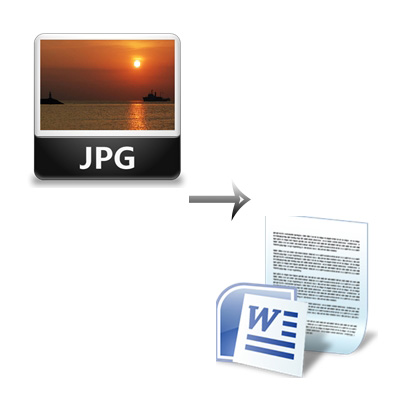
How non-editable files are processed?
When we receive files in non-editable formats, we always use special optical character recognition (or OCR) software programmes to scan and convert the files into editable file format. OCR software programmes allow us to maintain the structure, the layout and the appearance of the original document as accurately as possible. This means that our clients will receive the translated file with the equivalent textual content, images, tables and graphs as the original file. However, it is important to stress out that the files converted, edited and usually delivered in MS Word format are not ready-to-print files, thus they are not suitable for printing purposes.
Turnaround times
There is one more important aspect that is worth considering when working with non-editable files: the time factor. Processing and preparing of non-editable files require more time than regular editable files due to which translation turnaround times may become somewhat longer. It is hard to tell the exact time the process requires as every project is different: it can only include a single PDF file of a few pages, or several hundreds of pages of scanned files provided in JPG format. The amount of extra working hours will depend on the volume, the complexity of the pages and the format in which the source files are provided.
What happens during the translation phase?
Non-editable files do not pose any problem during the translation process as the most advanced CAT (Computer-Assisted Translation) tools are able to perfectly keep the formatting of documents processed and imported by them during the export process as well. As a result, translated and exported documents usually require only minimal post-editing.
Needless to say that in the case of documents received in editable file formats, we also keep all of the formatting instead of delivering a plain, unformatted text to our clients.
Both in the case of editable and non-editable documents, the challenge lies in cases when the text of the target language document is longer than the source language text, and we have to insert this longer text into a fixed form, like in the case of PowerPoint presentations. Here, at LinguaMED, we can overcome this challenge to deliver fully edited PowerPoint presentations to our clients.
Certified translations
Accurate formatting is one of our main focuses in every translation project but when it comes to certified translations, it is even more important to follow the original layout and keep the formatting. Certified translations are bound together with the original source text (or its copy) and the translation certificate, therefore each part of the original document including titles and paragraphs has to be clearly identifiable in its translated counterpart.
Evolvement of file processing
The processing of non-editable files improved considerably in the last couple of years due to innovative technological solutions. However, it is not possible at present to automate the whole file preparation phase even with the most advanced OCR software programmes, human editors are still needed to guide the software properly. We take this phase very seriously because the software makes mistakes that need to be corrected manually during the preparation phase.
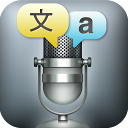 Voice Translator
Voice Translator Vocre
Vocre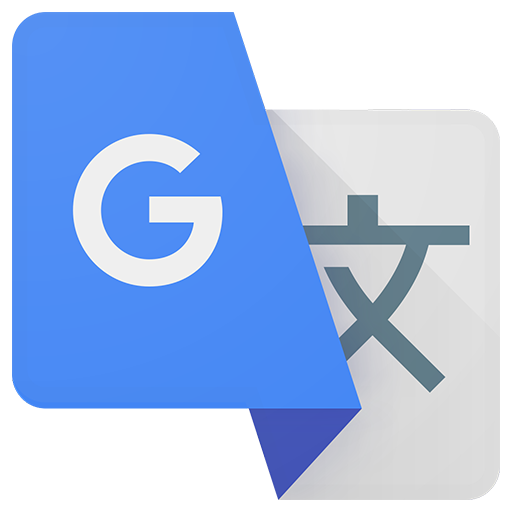 Google Translate
Google Translate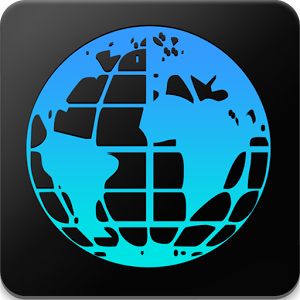 Easy Language Translator
Easy Language Translator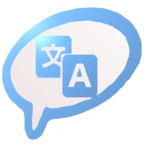 Instant Traductor
Instant Traductor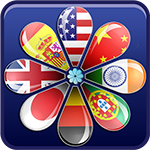 Conversation Translator
Conversation Translator Tourist Language learn &speak
Tourist Language learn &speak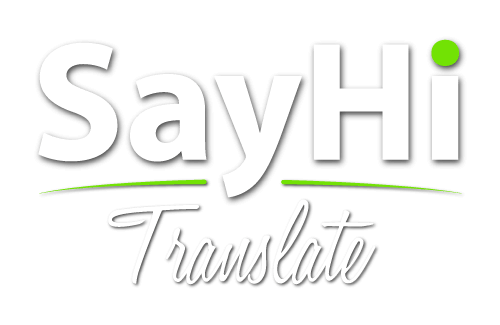 SayHi Translate
SayHi Translate